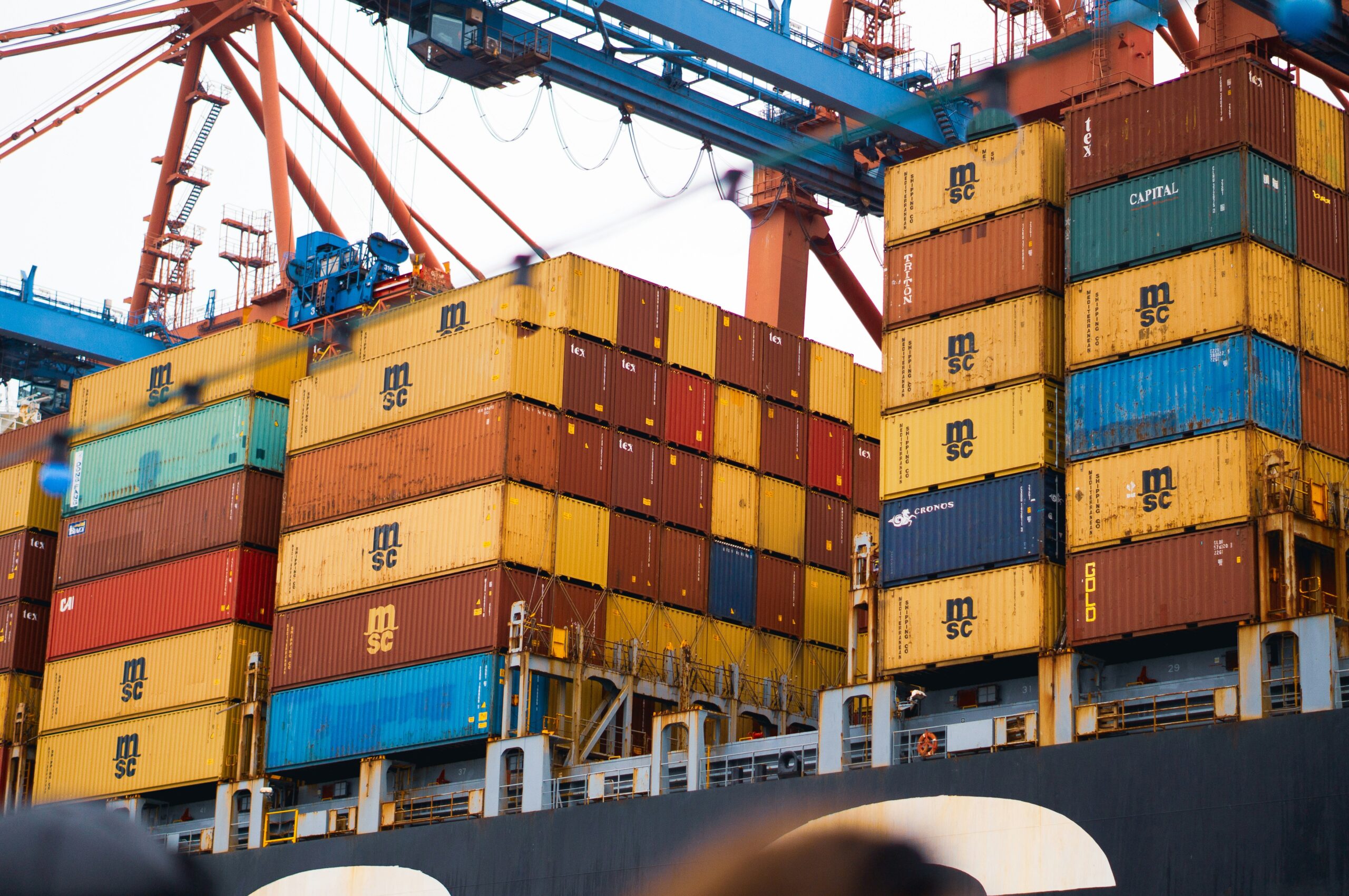The leaders of the Southern African Development Community (SADC), the Common Market for Eastern and Southern Africa (COMESA), and the East African Community (EAC) declared the African Free Trade Zone (AFTZ) at the EAC-SADC-COMESA Conference on October 22, 2008. (EAC).
Several people have expressed hope and celebrated the proposal of the creation of an African Free Trade Zone (AFTZ) as a positive move. Although frequently overstated, this positivity regarding the opportunities of the suggested AFTZ is not entirely groundless. It may enhance intra-Regional Financial Societies or RECs, and inter-RECs incorporation by lowering the occurrence of numerous memberships and the multiplication of local trade communities and subsets.
In a trading bloc or region, there are no taxes or other limitations on the products and facilities across territorial boundaries. States that are part of the free trade area, or the member states, benefit from duty-free commercial connections with one another.

AFTZ between EAC, SADC, and COMESA
The proposed African Free Trade Zone (AFTZ) is likely to be made up of 26 member states and three trading blocks.
The East African Community (EAC)
The East African Community (EAC), which has its headquarters in Tanzania, is a local intergovernmental organization made up of the republics of Kenya, Burundi, Rwanda, Tanzania, and Uganda.
The Southern African Development Community (SADC)
In 1992, a treaty of Southern nations known as the Southern African Development Community (SADC) was established in Zambia to coordinate development initiatives to reduce reliance on then-apartheid South Africa. DR Congo, Angola, Lesotho, Botswana, Malawi, Mauritius, Namibia, Madagascar, Mozambique, Seychelles, South Africa, Swaziland, United Zambia, Republic of Tanzania, and Zimbabwe are the active participants of the SADC.
COMESA
In place of the Special Trade Area, the Common Market for Eastern and Southern Africa (COMESA) was established in December 1994. Comoros, Burundi, the Democratic Republic of the Congo, Eritrea, Egypt, Zimbabwe, Djibouti, Ethiopia, Madagascar, Kenya, Rwanda, Libya, Malawi, Mauritius, Seychelles, Sudan, Swaziland, Uganda, and Zambia are among the 19 countries that make up COMESA.
Prospective Challenges for AFTZ
The Free Trade Zone might face a variety of obstacles that could diminish, negate, or otherwise ruin its possibilities. First off, creating a Free Trade Area or Zone in Eastern and Southern Africa will be a disadvantage for some of the major local financial organizations, such as the East African Community (EAC). EAC has previously achieved an agreement and has so exceeded a free trade agreement. Similar circumstances apply to the Southern Customs Union.
Second, the expansion of local trade organizations in Africa overall and numerous or duplicative memberships may not be possible to be stopped by the planned AFTZ.
Benefits of AFTZ
Africa will gain from the TFTA in at least six complementary ways. Initially, the signing of the deal will provide nations like Nigeria the push to enact similar agreements, resulting in the establishment of a continental free-trade zone.
The other is a considerably bigger market, whose open trade in products and services will support the economic expansion of 6-7 percent annually. Furthermore, the TFTA will encourage investment in cross-border infrastructure in Africa.
The indication of bigger markets will also encourage the exchange of commodities. The banking industry, which will be prepared to lend to bigger corporations looking to take advantage of economies of scale, is expected to reap the benefits first. These financial services will support the rise in international investments made by young companies that are leading the way in the region’s technological innovation.
The potential for wider markets and auxiliary infrastructure will promote industrial growth. This will benefit Africa by diversifying its economy, which is currently heavily reliant on raw materials, in addition to creating jobs.
Finally, small nations will no longer be constrained to produce only their traditional goods as a result of joining larger markets.



